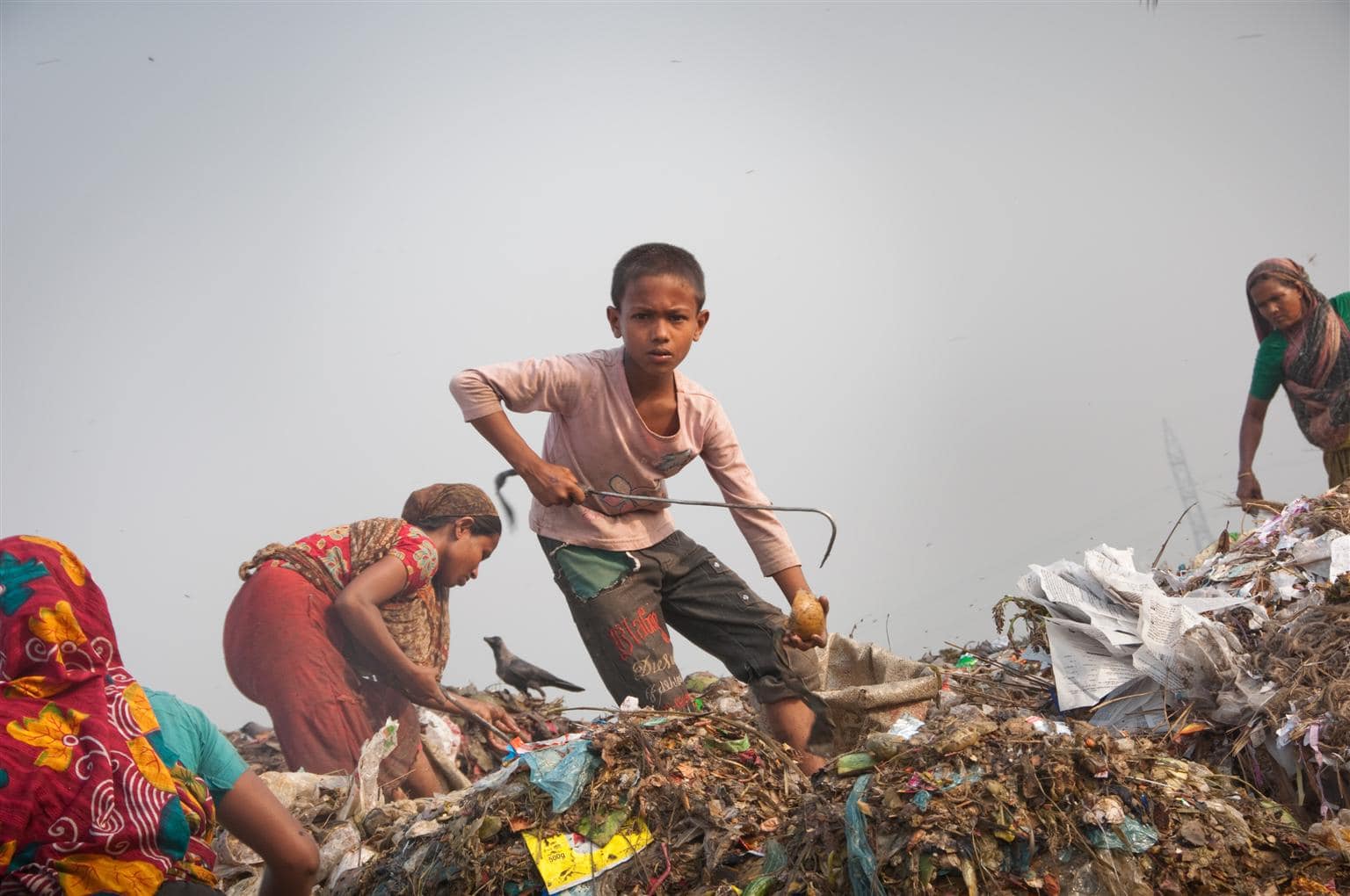
Ever wondered about the harsh realities that millions of young kids face worldwide due to child labor? It's a topic that often gets brushed under the rug, but it's high time we shine a spotlight on it. Child labor deprives kids of their childhood, their potential, and their dignity. It's a barrier to education and leads to a cycle of poverty. From sweatshops in Asia to cocoa farms in Africa, child labor is a global issue that needs urgent attention. In this post, we'll unveil 21 astonishing facts about child labor that will open your eyes to the struggles and resilience of these young workers. Get ready to have your perspective shifted on this critical issue.
Key Takeaways:
- Child labor affects millions of kids globally, with poverty, lack of education, and cultural factors driving its prevalence. Efforts to combat it include international regulations, education programs, and corporate responsibility.
- Child labor has severe impacts on children's health, education, and well-being. Efforts to end it involve global partnerships, community engagement, and empowerment through education and innovative solutions.
Understanding Child Labor
Child labor refers to the employment of children in any work that deprives kids of their childhood, interferes with their ability to attend regular school, and is mentally, physically, socially, or morally harmful. While some forms of work can be beneficial to children's development, many are exploitative and damaging. Let's delve into some facts that shed light on this critical issue.
-
Global Prevalence: Millions of children around the world are engaged in child labor. According to the International Labour Organization (ILO), there are approximately 152 million child laborers globally, with nearly half of them involved in hazardous work.
-
Age and Sector Distribution: Child laborers are typically aged between 5 and 17 years. They work in various sectors, including agriculture, manufacturing, mining, and services. Agriculture is the largest sector, employing 71% of all child laborers.
Causes of Child Labor
Understanding why child labor happens is crucial to combating it.
-
Poverty: This is the most significant factor driving child labor. Families in poverty often rely on the income generated by their children to meet basic needs such as food and shelter.
-
Lack of Access to Education: In many regions, access to quality education is limited or non-existent, leading families to opt for child labor as a more immediate means of survival.
-
Cultural Factors: In some cultures, work is considered a vital part of learning and growing up. This can blur the lines between what is considered acceptable work and exploitative labor.
Impact on Children
The consequences of child labor can be severe and long-lasting.
-
Health Risks: Children working in hazardous conditions are exposed to dangerous chemicals, heavy machinery, and extreme temperatures, leading to numerous health issues.
-
Educational Setback: Child laborers often miss out on education or perform poorly in school, limiting their future employment opportunities and perpetuating the cycle of poverty.
-
Psychological Effects: The experience of working long hours under stressful and sometimes abusive conditions can have a profound impact on a child's mental and emotional well-being.
Efforts to Combat Child Labor
Various organizations and governments have taken steps to address child labor.
-
International Regulations: The ILO has established conventions aimed at eliminating child labor, such as Convention No. 182 on the Worst Forms of Child Labour and Convention No. 138 on the Minimum Age for Admission to Employment.
-
National Laws and Policies: Many countries have implemented laws and policies to protect children from labor exploitation, though enforcement remains a challenge in some areas.
-
Education and Social Programs: Initiatives that provide access to education, healthcare, and social services are crucial in preventing child labor by addressing its root causes.
-
Corporate Responsibility: Companies are increasingly held accountable for ensuring their supply chains are free from child labor, with consumers demanding more ethical and transparent practices.
-
Public Awareness Campaigns: Raising awareness about the realities of child labor and how individuals can help make a difference is an important step towards its eradication.
-
Community-Based Approaches: Solutions that involve local communities in planning and implementing child labor interventions have shown to be particularly effective.
-
Support for Families: Programs that offer financial support and income-generating opportunities for families can reduce the reliance on children's earnings and encourage school attendance.
-
International Cooperation: Combating child labor requires a coordinated effort across borders, with countries sharing best practices and resources.
-
Innovative Solutions: Technology and social media are being used to monitor labor practices, educate communities, and connect children with support services.
-
Empowerment Through Education: Providing children with quality education and vocational training empowers them to secure better jobs in the future, breaking the cycle of poverty and labor exploitation.
-
Legal Advocacy: Legal action against violators of child labor laws serves as a deterrent and ensures justice for affected children.
-
Global Partnerships: Partnerships between governments, NGOs, businesses, and international organizations amplify efforts to end child labor and support affected children and their families.
-
Community Engagement: Engaging communities in dialogue and decision-making helps tailor interventions to local needs and ensures sustainable change.
Child labor remains a complex issue with no one-size-fits-all solution. However, through continued global efforts and innovative approaches, progress is being made towards its eradication, offering hope for millions of children worldwide.
A Final Look at Child Labor Facts
Child labor remains a pressing issue, demanding our attention and action. These facts aren't just numbers; they represent the lives of millions of children worldwide, deprived of their childhood, education, and a fair chance at life. Awareness is the first step towards change. By understanding the complexities and the sheer scale of this problem, we can begin to advocate for policies that protect children, promote education, and support families economically. Every effort counts, from supporting ethical brands to raising awareness in our communities. Let's not forget, change starts with us. Together, we can contribute to ending child labor and ensuring a brighter, more equitable future for all children. Remember, their fight for rights and freedom is far from over, but with collective action, significant progress is within reach.
Frequently Asked Questions
Was this page helpful?
Our commitment to delivering trustworthy and engaging content is at the heart of what we do. Each fact on our site is contributed by real users like you, bringing a wealth of diverse insights and information. To ensure the highest standards of accuracy and reliability, our dedicated editors meticulously review each submission. This process guarantees that the facts we share are not only fascinating but also credible. Trust in our commitment to quality and authenticity as you explore and learn with us.


